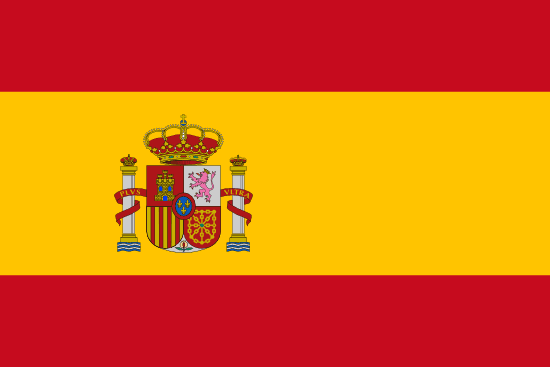"De Madrid al cielo | From Madrid to heaven"
About:
Founded by the Moors in the 9th century, Madrid, Spain, became the nation's capital in 1561 under Philip II. The city flourished during the 16th and 17th centuries, but experienced decline in the 18th century. The 19th century saw political instability, but Madrid modernized in the 20th century, despite the Spanish Civil War's devastation. Post-war, Madrid experienced rapid growth and urbanization. Today, it's Spain's largest city and a significant European cultural, political, and economic center.
When to visit:
Madrid, the capital city of Spain, is a vibrant destination that offers a rich tapestry of cultural experiences throughout the year. For a delightful holiday experience, it is recommended to visit Madrid during the spring or fall seasons when the weather is mild and pleasant. Spring, from March to May, brings blooming flowers and outdoor festivities, while fall, from September to November, offers colorful foliage and cultural events. Both seasons provide ideal conditions for exploring Madrid's iconic landmarks, museums, and charming neighborhoods, making it an excellent time to immerse yourself in the city's unique charm.
When to avoid:
Traveling to Madrid on a holiday during the peak summer months of July and August can be the worst time due to the scorching heat and high tourist crowds. The temperatures in Madrid during this time can soar above 40 degrees Celsius, making outdoor activities uncomfortable and exhausting. Additionally, many locals tend to leave the city during this time, leading to reduced availability of services and cultural events. It is advisable to plan your visit during the shoulder seasons of spring or fall to enjoy more pleasant weather and a more authentic experience of the city.
Winter (Dec-Feb)
In Madrid, the coldest and wettest period is from November to February. Average temperatures range from 6°C to 15°C. Rainfall is highest in November, averaging 60mm, while December and January see about 30-40mm. The city experiences low sunlight hours, with an average of 5-6 hours daily and frequent cloud cover. On an average day, a visitor might experience chilly mornings with occasional rain showers, followed by partly cloudy afternoons. Despite the cold, Madrid maintains a vibrant atmosphere with plenty of indoor activities.
"Madrid Summer (June–August)"
The warmest part of the year in Madrid, Spain, extends from June to August, with July being the hottest month. During this period, daytime temperatures can reach up to 33-36°C (91-97°F), while night temperatures drop to a comfortable range of 19-21°C (66-70°F). Rainfall is minimal, with July being the driest month of the year, receiving less than 10mm of rain on average.
The city enjoys an abundance of sunlight, with up to 11 hours of daylight per day. Humidity is relatively low, ranging between 30-50%, contributing to the dry and warm climate. Cloudiness is also minimal, with clear, blue skies being a common feature.
For a visitor, a typical day in Madrid during this period would feel hot, especially in the afternoon. However, the heat is bearable due to the low humidity. Mornings and evenings are more comfortable, perfect for outdoor activities. The abundant sunlight and rare rainy days make it ideal for sightseeing and exploring the city. Despite the high temperatures, the lack of cloud cover means you'll rarely feel stuffy or oppressive. It's a good idea to stay hydrated and wear sun protection during the peak hours of the day.
Language:
In Madrid, the capital city of Spain, the most commonly spoken language is Spanish, as it is the official language of the country. Additionally, due to tourism and immigration, other languages such as English, French, Italian, Portuguese, German, Chinese, Arabic, Romanian, and Bulgarian can also be heard.




